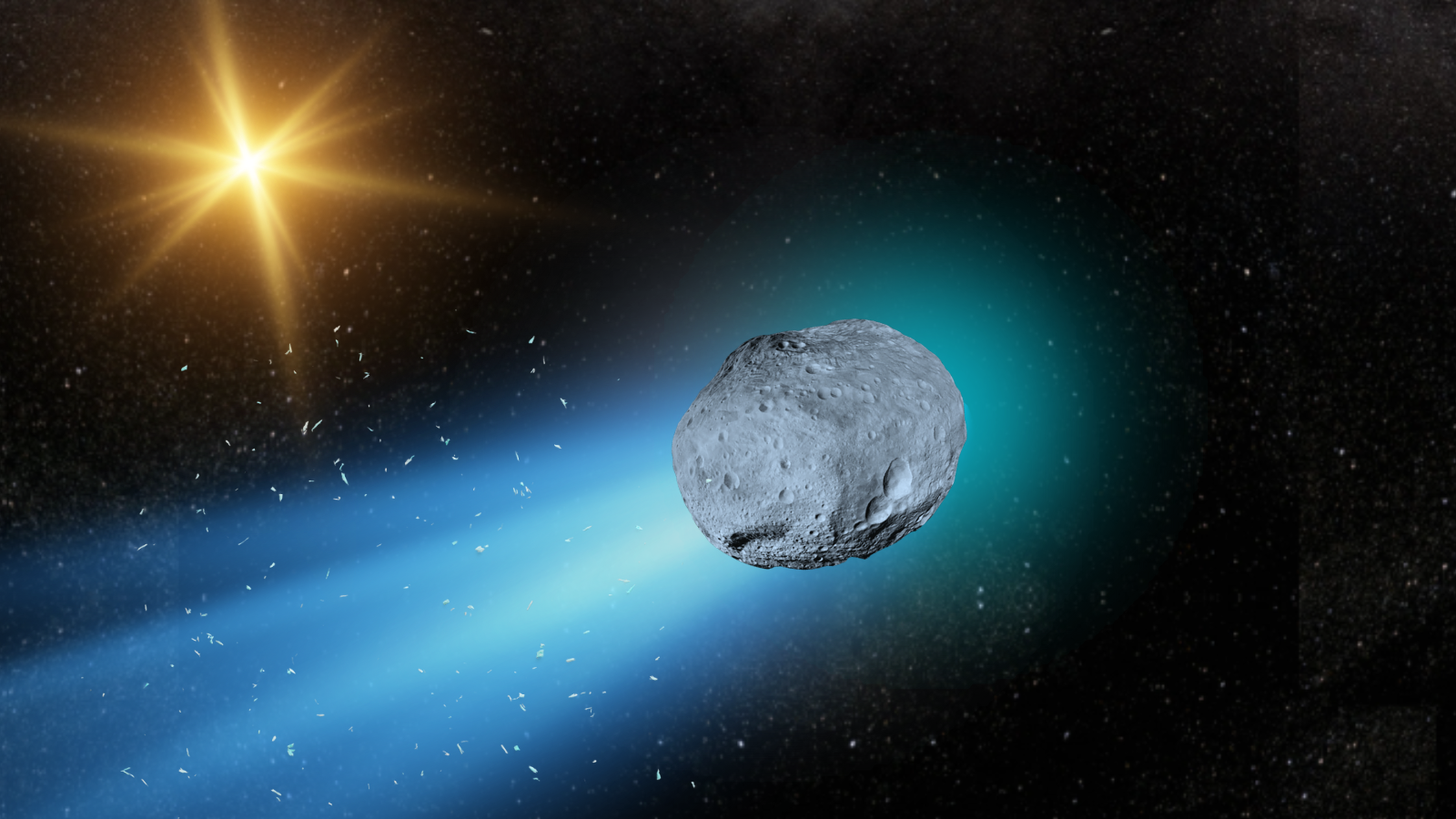Key Takeaways
- Comet 3I/ATLAS poses no danger to Earth — its closest approach remains about 1.8 AU away.
- NASA and the International Asteroid Warning Network (IAWN) are using the comet as a training mission to refine orbit prediction and observation skills.
- Citizen scientists can join the effort, contributing to vital astrometric data that supports future planetary defense initiatives.
An Interstellar Visitor with a Purpose
A newly discovered interstellar comet, known as 3I/ATLAS, is passing through our solar system — but unlike science fiction thrillers, this cosmic visitor poses no threat to Earth. Instead, it presents a rare scientific opportunity.
NASA, alongside the International Asteroid Warning Network (IAWN), has launched a coordinated global campaign to observe and study 3I/ATLAS. Their goal: improve how astronomers detect, track, and predict the motion of potentially hazardous space objects.
The comet, officially designated C/2025 N1 (3I/ATLAS), is only the third known interstellar object to visit our solar system. As it races toward the inner regions of the Sun before exiting sometime between November 2025 and January 2026, scientists are using its trajectory as a real-time exercise in planetary defense preparedness.
Also read : Next-Gen Xbox May Offer Free Online Multiplayer — A Game-Changing Shift for Microsoft
Why NASA Is Watching 3I/ATLAS Closely
While 3I/ATLAS won’t come anywhere near Earth — its closest pass will be about 1.8 astronomical units (AU), or roughly 270 million kilometers — it’s an invaluable test subject.
Comets like 3I/ATLAS are notoriously hard to observe. Their bright tails and hazy atmospheres, called comas, make it difficult to measure brightness and track motion precisely. These factors affect how accurately astronomers can calculate their orbits.
According to a statement from the Minor Planet Center, which helps catalog and track small celestial objects, this campaign will “exercise the capability of the observing community to extract accurate astrometry.” In essence, the mission is about refining Earth’s early-warning systems for future comets or asteroids that might pose real danger.
Global Collaboration and Citizen Science
The IAWN, established under recommendations from the United Nations, is a worldwide alliance of observatories, astronomers, and modelers working together to protect Earth from near-Earth object (NEO) impacts.
The current 3I/ATLAS initiative serves both scientific and educational purposes. Professionals and amateurs alike can contribute. Citizen scientists are invited to register for participation before November 7, with workshops and teleconferences scheduled throughout the observation window.
These contributions — from both large observatories and backyard telescopes — will help create a comprehensive data set. The more precise the tracking, the better astronomers can model trajectories of future unknowns that may wander into our neighborhood.
NASA’s Planetary Defense Mission Continues
Even amid government shutdowns, NASA’s planetary defense operations remain active, as asteroid and comet tracking are considered essential public safety functions.
For decades, the agency and its international partners have surveyed the skies for objects that could potentially collide with Earth. So far, no immediate threats have been found. However, programs like the 3I/ATLAS observation campaign ensure that when — not if — a potentially hazardous object appears, humanity will be ready to respond.
This collaboration showcases the importance of preparedness through science, transforming a harmless cosmic encounter into a critical planetary defense drill.
A Safe Flyby with a Lasting Impact
Though interstellar comet 3I/ATLAS won’t dazzle the naked eye or endanger our planet, its scientific value is immense. Each observation sharpens the tools astronomers need to protect Earth from future cosmic hazards.
In the grand scheme, the 3I/ATLAS mission is more than just about watching a comet. It’s a testament to how international cooperation, open science, and citizen involvement can come together to strengthen humanity’s readiness against spaceborne risks — one orbit at a time.
Disclaimer: The information in this article is for general purposes only and does not constitute financial advice. The author’s views are personal and may not reflect the views of GameDegen.com. Before making any investment decisions, you should always conduct your own research. GameDegen.com is not responsible for any financial losses.




